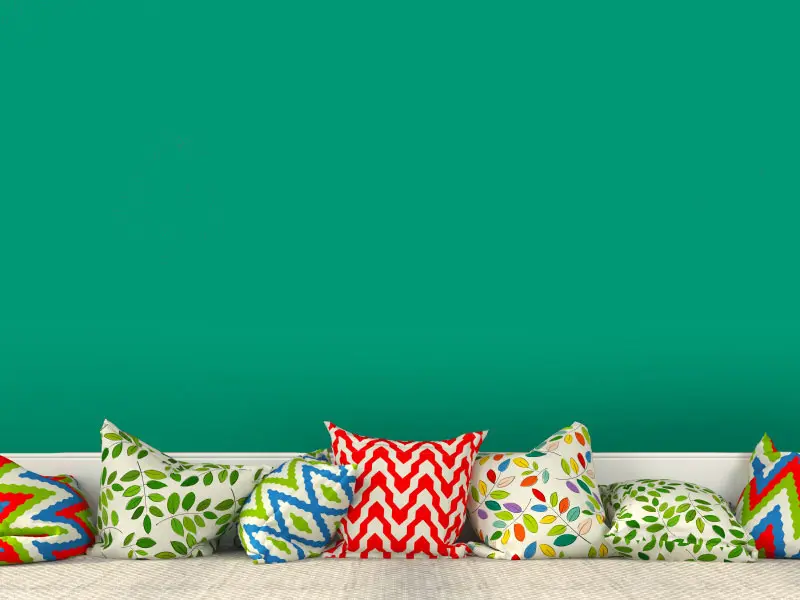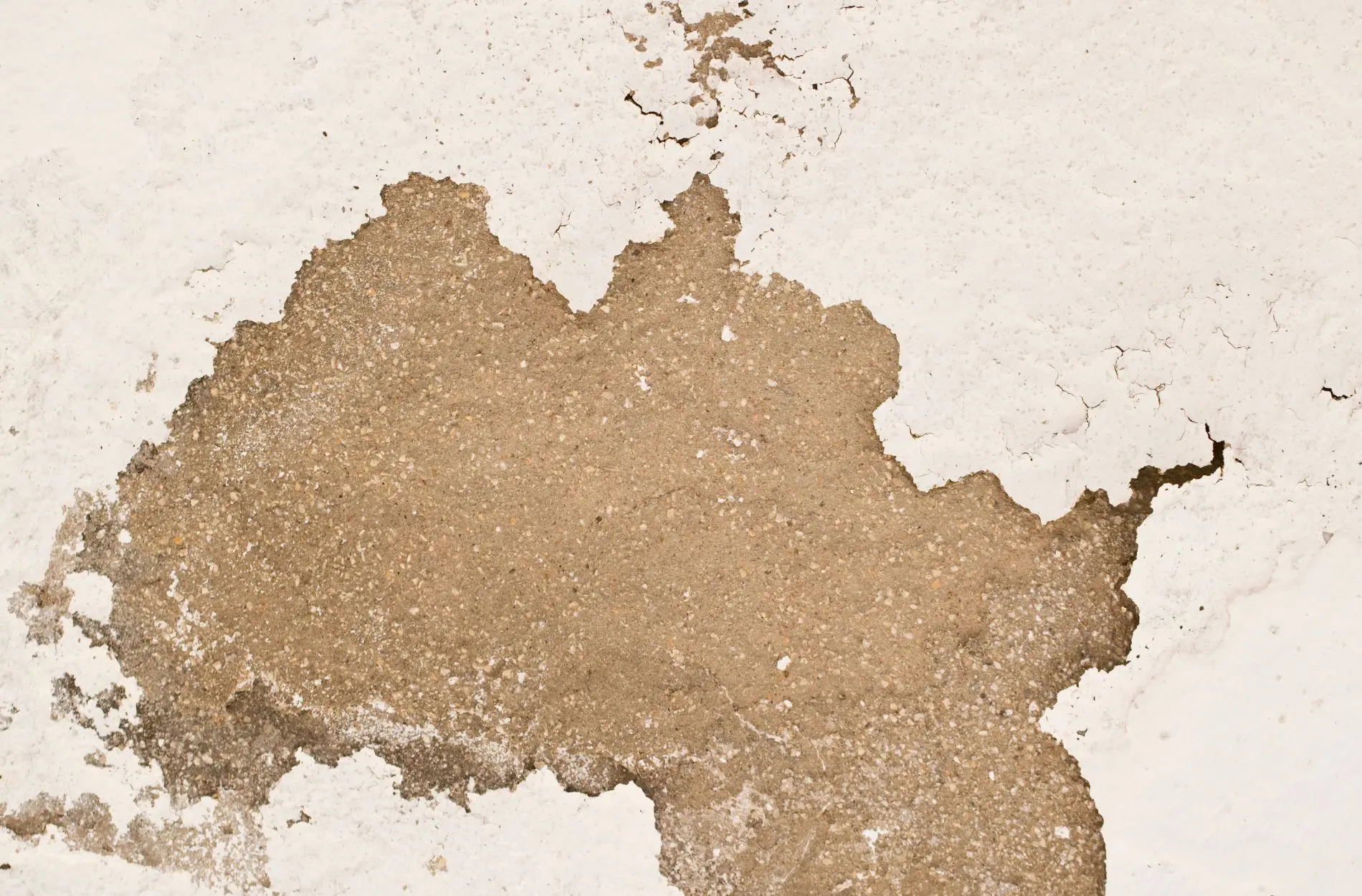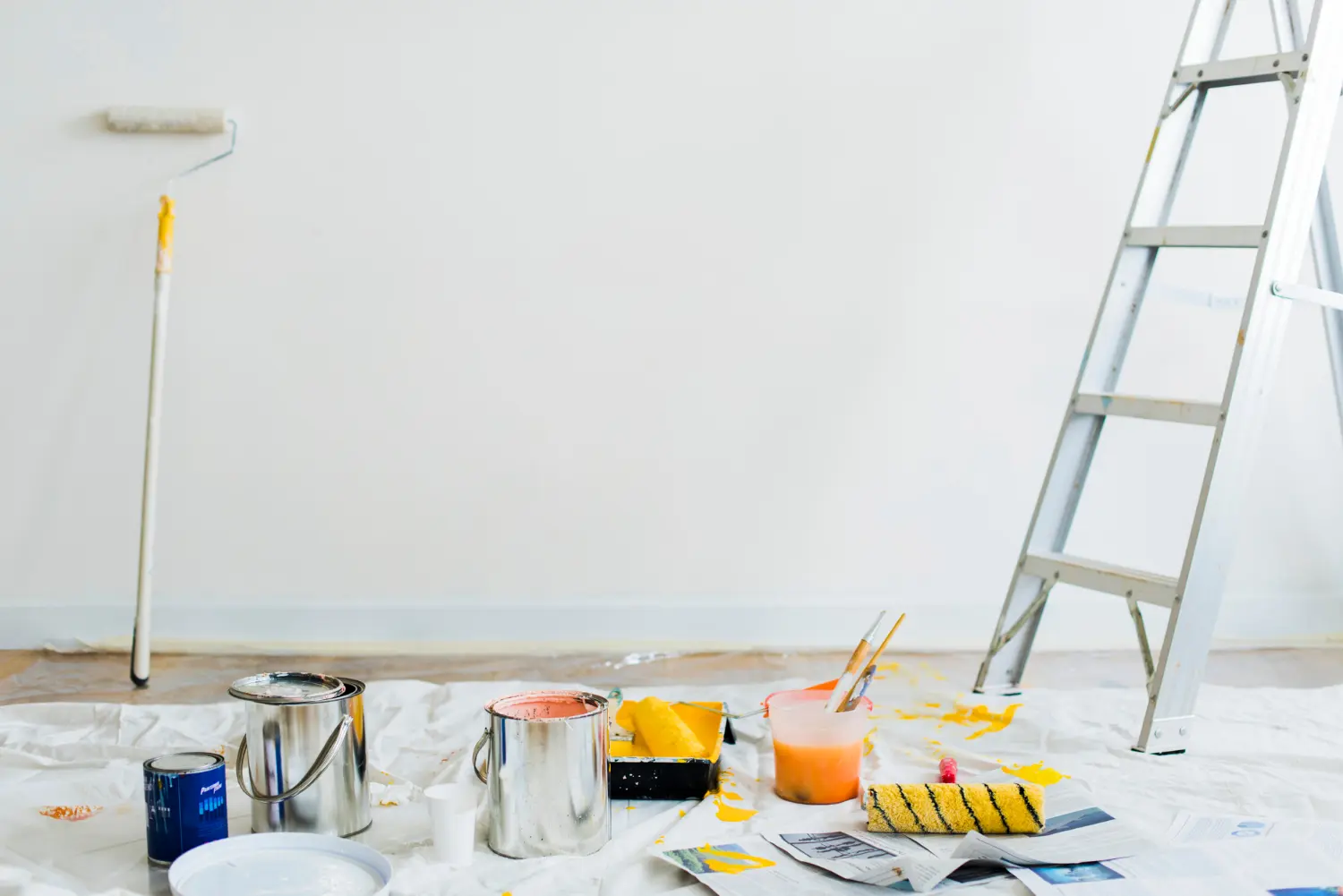Making Sense of Interior Paint Finishes

If you’ve made the decision to do little home painting, chances are the first and the only thing that comes to mind immediately is which colors you intend to go with. Whether it’s a single internal room, the entire indoors or even the exterior of the property, color choice is of course of paramount importance. But at the same time, it isn’t the only choice you need to be thinking about – you also need to consider the finish of the paint you choose.
Contrary to popular belief, there is far more to the finish of home paint than matte or shiny. The reason being that whichever finish you choose, it will have a huge impact on the appearance of the color you choose. The reason being that paint finish affects the way light is reflected, along with how easy it is to clean, how it wears over time and so on. As such, it’s important to be mindful of the different finishes available to you, along with where, when and how they can be put to the best possible use.

Flat Finish
For example, flat finish paint is also referred to as matte. This kind of paint finish is characterized by the way in which does not reflect light, but instead absorbs it. Given the way in which it is a great choice for hiding imperfections, it is the perfect choice for walls and ceilings that may not be perfectly smooth and flawless. In terms of color, matte finishes make the colors you choose look deeper, given the way in which they absorb more light.
Matte finish paints tend to be extremely cost effective as they go a long way. On the downside, they are not particularly easy to keep clean and do not react well to regular scrubbing and wiping. As such, they are not necessarily the best choice for areas that are prone to dirt, grease, grime and splashes, like kids’ bedrooms and behind kitchen counters.
Eggshell Finish
One step up in terms of shine you’ll find paints with an eggshell finish, which is something of a hybrid with a low level of sheen. It isn’t quite as ‘dull’ as a flat finish, but also isn’t particularly shiny either. Suffice to say, its name is no coincidence – that finish is similar to that of an eggshell.
While eggshell paints share the same cost effective properties as flat paints in terms of coverage, they are considerably easier to clean thanks to their slightly shinier finish. Nevertheless, they do not quite have the same stain resistant properties as higher gloss finishes.
Satin Finish
Satin paints once again take things one step further towards a glossy finish, removing more of the flatness from the equation and adding further shine. Around the home, satin paints are extremely popular for use in high traffic areas, like bathrooms, kitchens, bedrooms and so on. They are much easier to clean and will not be damaged by regular wiping, as and when required.
On the downside, satin paints are not particularly good when it comes to hiding imperfections. At least, not as good at hiding imperfections as the paints listed above. As such, imperfections to walls and ceilings must be addressed manually, before getting started. Satin paints also tend to be slightly more expensive than matte paints.
Semi-Gloss Finish
Moving on, semi-gloss paint finishes are visibly smooth and shiny, not to mention extremely smooth to the touch. They are among the easiest painted surfaces of all to clean – even in the instance of tougher stains like crayon. They serve as a protective barrier for the walls and are not susceptible to damage by way of regular wiping or washing with a damp cloth.
In addition, these finishes with a higher-gloss level are highly resistant to moisture and humidity, which is precisely why they are frequently used in kitchens and bathrooms. Once again, they serve as a protective barrier for the walls themselves, as an added bonus. Semi-gloss paints are also extremely popular for use around windows, for painting furniture and for decorative trim in general, due to how easy it is to keep clean.
High Gloss Finish
Last but not least, high-gloss paint produces the smoothest and shiniest finish of all. The finish is so shiny it acts almost like a mirror, reflecting an incredible amount of light and contributing to the brightness of the room. This high level of gloss and shine makes this kind of finish the easiest to clean and maintain, ensuring that the luster of the freshly painted surface is held on to for as long as possible. On the downside, paints with the highest gloss finish are not only less capable when it comes to hiding imperfections, but they can actually highlight them and make them a lot worse than they in fact are.
High-gloss paints also tend to be some of the more expensive paints on the market, though have the potential to go the distance long-term. They tend to be used more for window frames, doors and other accents, rather than entire walls or ceilings. Once again, the key to producing an outstanding result with a high-gloss paint is to manually address any imperfections in the surface, before getting started.










